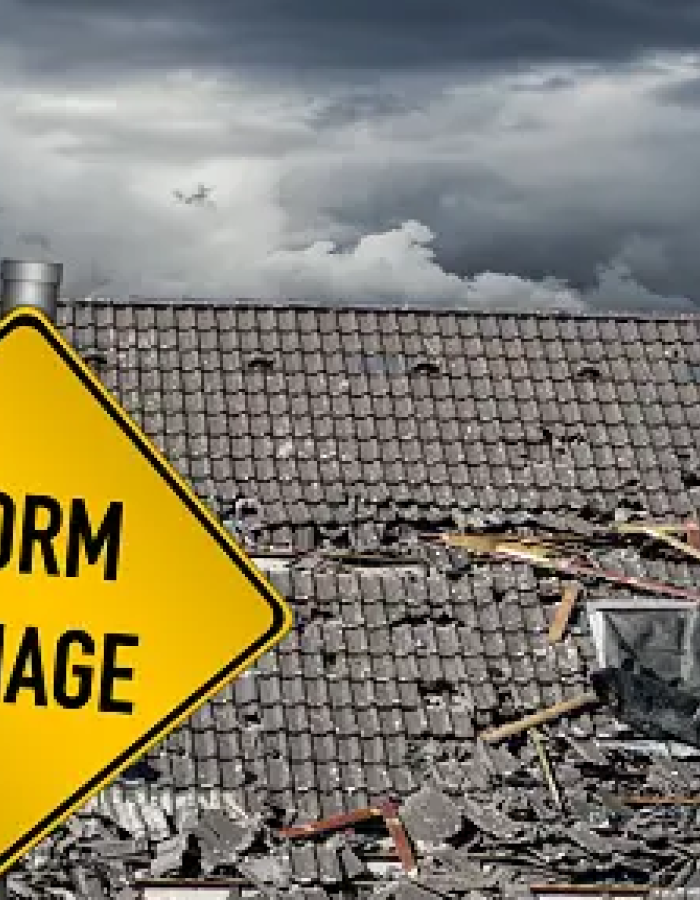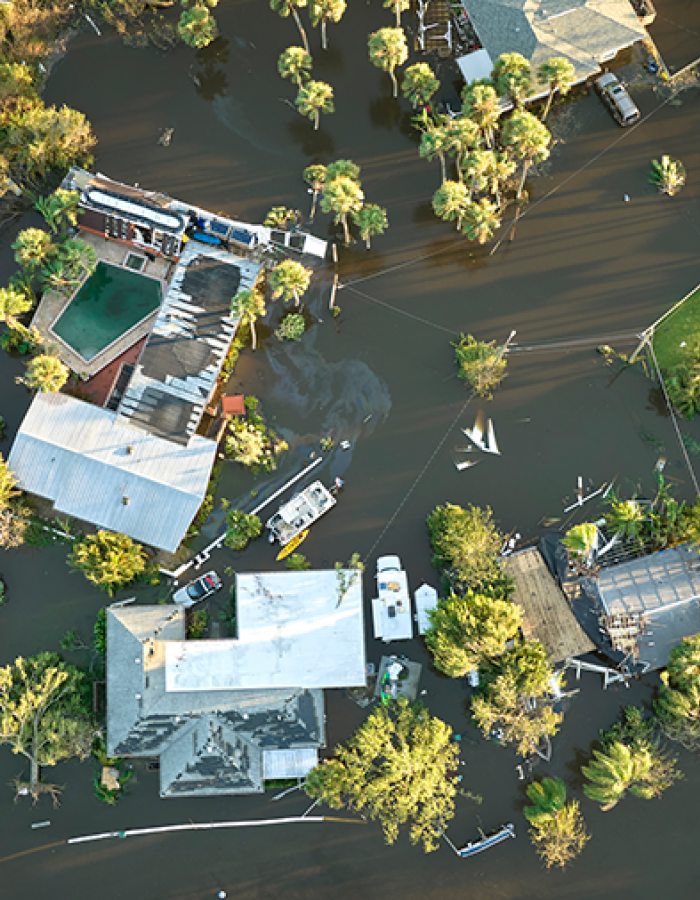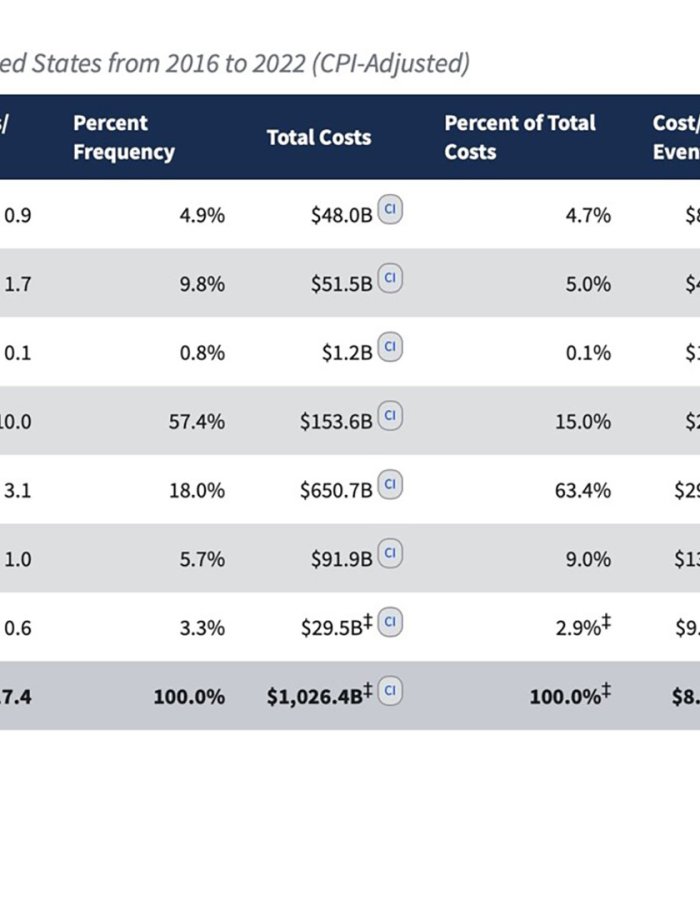Building Innovation: Who’s the 2024 Exceptional Woman in Building?
With the support of Fannie Mae, the National Institute of Building Sciences has developed a roadmap on mitigation investment to help Americans and the nation’s built environment prepare for and respond to the devastating effects of extreme weather.
In 2020, the NIBS Committee on Finance, Insurance, and Real Estate (CFIRE) published A Roadmap to Resilience Incentivization, which calls for public and private incentives that allow owners of buildings and other infrastructure to facilitate the upgrade of existing infrastructure and better design of new infrastructure.
Pages:
File Size:
Following the January 2021 FEMA P-2090 / NIST SP-1254 Recommended Options for Improving the Built Environment for Post-Earthquake Reoccupancy and Functional Recovery Time (FEMA-NIST report) publication, as well as other notable efforts within the earthquake community, FEMA requested that BSSC’s formation of the PUC include a commitment to establish a specific Functional Recovery Task Committee in addition to other Issue Teams in order to advance the concepts of increased community resilience and improved post-earthquake functional recovery time within model building codes and structu
Pages:
File Size:

All too often we focus on what the federal government is doing to build disaster resilience. Federal grant funding, though sizable and growing is only one piece of the resilience puzzle. A recently published academic study and a new state-level grant program point to progress made by other stakeholders to incentivize hazardmitigation investments.
Alabama mitigation study

The National Institute of Building Sciences recently brought together leaders from across the architecture, engineering, construction, and operations (AECO) industries for the Women Executives in Building Symposium.
One presentation, “Resiliency: A Business Imperative with Profitable Benefits,” addressed climate change litigation. It was presented by Jessica Mederson, partner at Stafford Rosenbaum LLP.

The 2023 Atlantic Hurricane Season is here, and Colorado State University released its forecast.
Some states recently were awarded flood mitigation grants by the federal government as well as some state governments.
Federal grants included:

Oregon’s Department of Environmental Quality has begun working with Portland’s 13 bulk fuel terminals to assess their seismic vulnerabilities and implement mitigation, according to an opinion piece published today in The Oregonian by NIBS Special Advisor, Lifelines Infrastructure Initiative Yumei Wang, PE, FASCE.

Early this month, NIBS, with the support of the Federal Emergency Management Agency (FEMA), held a mitigation workshop on natural hazards. The workshop was attended by more than 50 built environment professionals, policymakers from the White House and Congress, and many federal and industry partners.

Last week, the National Oceanic and Atmospheric Administration reported the US surpassed $1 trillion in losses and 5,000 deaths from 122 separate billion-dollar disasters over the past seven years. These eyewatering losses demonstrate the need to redouble our collective efforts to reduce disaster impacts.

We want to take this moment to thank you for following and supporting the National Institute of Building Sciences.
The greater built environment is critical to our work to ensure the nation remains healthy, resilient, sustainable, and prepared.
This year, we developed a new three-year strategic plan to guide the organization. Our goals are simple: climate adaptation and mitigation, transformational building sciences and technology, industry development and diversification, and visibility and recognition.